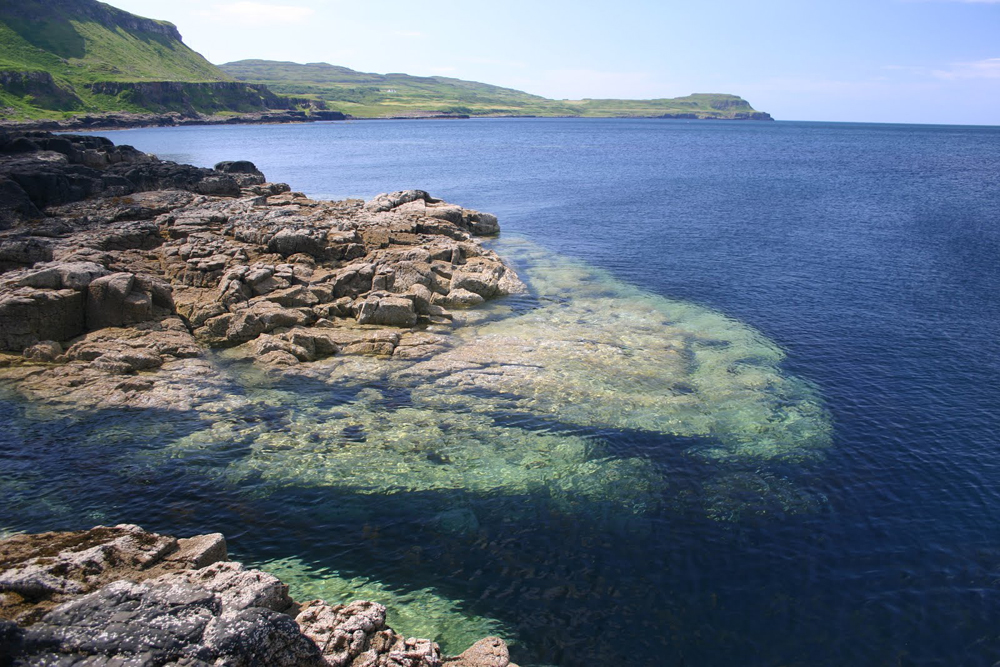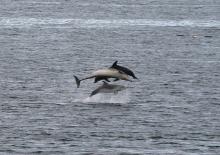
NCEAS Study Examines Impact of Climate Change on Animal, Plant Populations in Oceans and on Land


A new study carried out at UC Santa Barbara's National Center for Ecological Analysis and Synthesis (NCEAS) and published this week in the journal Science examines how fast animal and plant populations would need to move to keep up with recent climate change in the ocean and on land.
The answer: at similar rates.
Greenhouse gases have warmed the land by approximately one degree Celsius since 1960. That rate is roughly three times faster than the rate of ocean warming. These temperatures have forced wild populations to adapt –– or to be on the move, continually relocating.
"Most scientific and public attention regarding the impacts of climate change on our planet have paid attention to how biodiversity and people are being affected on land," Benjamin Halpern, research scientist at NCEAS and a co-author of the paper, said. "Yet most of our planet is ocean, and people depend on and benefit from the ocean for all sorts of things, such as seafood to eat or wildlife to watch (like whales).
"Our study looks at how climate change is affecting the oceans, focusing on the velocity of change that shifts where species exist, how well they can persist, and whether or not species will be able to keep up with that change," said Halpern, who is also director of UCSB's Center for Marine Assessment and Planning. "Our results provide a road map of sorts on where species need to move to adapt, and how fast."
Although the oceans have experienced less warming, plants and animals need to move as quickly as they do on land to keep up with their preferred environments because the temperature gradients are much less steep, the scientists found.
However, the researchers were surprised to find that similar movement rates are needed to outrun climate change on land (2.7 kilometers per year) and in the oceans (2.2 kilometers per year).
"Not a lot of marine critters have been able to keep up with that," said paper co-author John Bruno, a marine ecologist at the University of North Carolina at Chapel Hill. "Being stuck in a warming environment can cause reductions in the growth, reproduction, and survival of ecologically and economically important ocean life such as fish, corals, and sea birds."
"These results provide valuable insights into how climate will affect biological communities worldwide," said David Garrison, director of the Biological Oceanography Program at the National Science Foundation, which supported the study.
This analysis is an example of the value of synthesis research centers such as NCEAS in addressing society's environmental challenges, Garrison said.
"With climate change we often assume that populations simply need to move poleward to escape warming, but our study shows that in the ocean, the escape routes are more complex," said ecologist Lauren Buckley of the University of North Carolina at Chapel Hill, also a co-author of the paper. "For example, marine life off the California coast would need to move south to remain in its preferred environment due to increased upwelling."
"Some of the areas where organisms would need to relocate the fastest to stay ahead of climate change are important biodiversity hot spots, such as the coral triangle region in southeastern Asia," said lead author Michael Burrows of the Scottish Association of Marine Science.
Whether by land or by sea, according to the study, all will need to be on the fly.
Related Links



